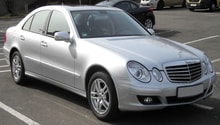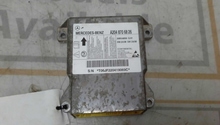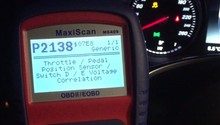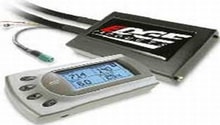Mercedes-Benz E-Class and E-Class AMG: How to Reset Transmission ECU
As cars become more and more reliant on software and computer controls, they can become intimidating for the DIY'er. Here's how to reset the transmission ECU on a Mercedes-Benz E-Class.
This article applies to the Mercedes-Benz E-Class and E-Class AMG (2002-2009).
There are some fundamental calibration tools built into the transmission control software that calibrators use to "tune" the feel of a shift. Two of these tools are the shift map and the clutch volume fill time. The shift map is, to make it simple, an X-Y-Z plot of engine speed, throttle position and gear. At a given engine speed and throttle position, the transmission ECU selects the resulting gear, and the transmission's mechanical and hydraulic system selects that gear.
This "shift map" is not learned; it is fixed. There can be multiple shift maps built into the software, and these different shift maps can be accessed by the press of a button or some other driver interface. The transmission does not "learn" a shift map over time, nor does it "learn" a driver's behavior and driving style.
A modern automatic transmission has a pressure feedback system that helps to tune how fast a clutch is applied or released during a shift. This pressure feedback system includes pressure transducers in more complex systems like the Mercedes-Benz transmission, or pressure switches in less complex systems like the GM 6-speed.
The pressure feedback system is continually "learning" from the previous clutch apply or release how fast the clutch is filled and applied. It learns by:
- Recording the pressure increase profile when a clutch is applied.
- Recording the pressure drop profile when a clutch is released.
- The speed of the car and the driver's input like throttle, for example.
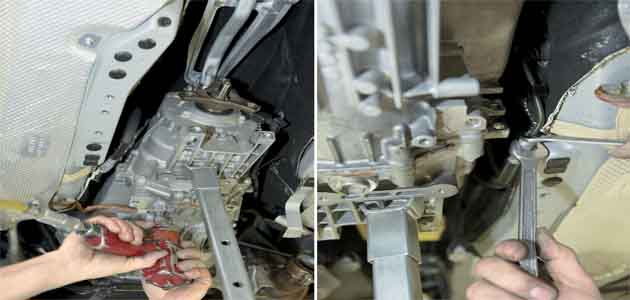
Using basic fluid calculations between the relationship of pressure and time, the transmission ECU "learns" the flow rate into the clutch. This flow rate of fluid is used to calculate the volume of fluid in the clutch and the position of the clutch for proper torque transfer from clutch to clutch. Some folks may have heard the term "clutch-to-clutch" shift. This is it in a very simplistic sense, by adapting the oncoming clutch pressure increase (clutch fill time) profile and the releasing clutch pressure profile to make a "faster" or "slower" shift based on driver input.
For example, over time the driver may like to accelerate quickly from a traffic light. The ECU knows the rate of change of the throttle pedal, the maximum throttle position and the acceleration of the car. The transmission ECU will adjust the clutch pressure profile to speed up the clutch volume fill and release time. This affects where the torque and speed change of the clutch occurs and changes the "feel" of the shift. This method of adjusting the clutch volume fill time can also compensate for very small changes in clutch wear over time. Gradually, the friction material on a clutch wears away, and the clutch volume fill must be adjusted to keep the shift "feel" the same.
Perhaps you have changed the transmission fluid and filter, or you bought a new (to you) "used" car and want to reset the transmission ECU, or you are having some shift quality issues you are not happy with. Re-setting the transmission ECU will put set all the clutch fill volume calculations to their "new car" settings. The ECU will have a new baseline to begin learning clutch volume fill and release time. The first few gear changes after you reset the ECU may feel odd or even harsh. Be gentle for the first few miles and allow the ECU to "learn" the new clutch fill volumes and pressure profiles.

Materials Needed
- Car keys
Step 1 – Turn key to the "run" position
Insert key into the ignition switch and turn the key to the first position, the "run" position. Leave the key in this position.
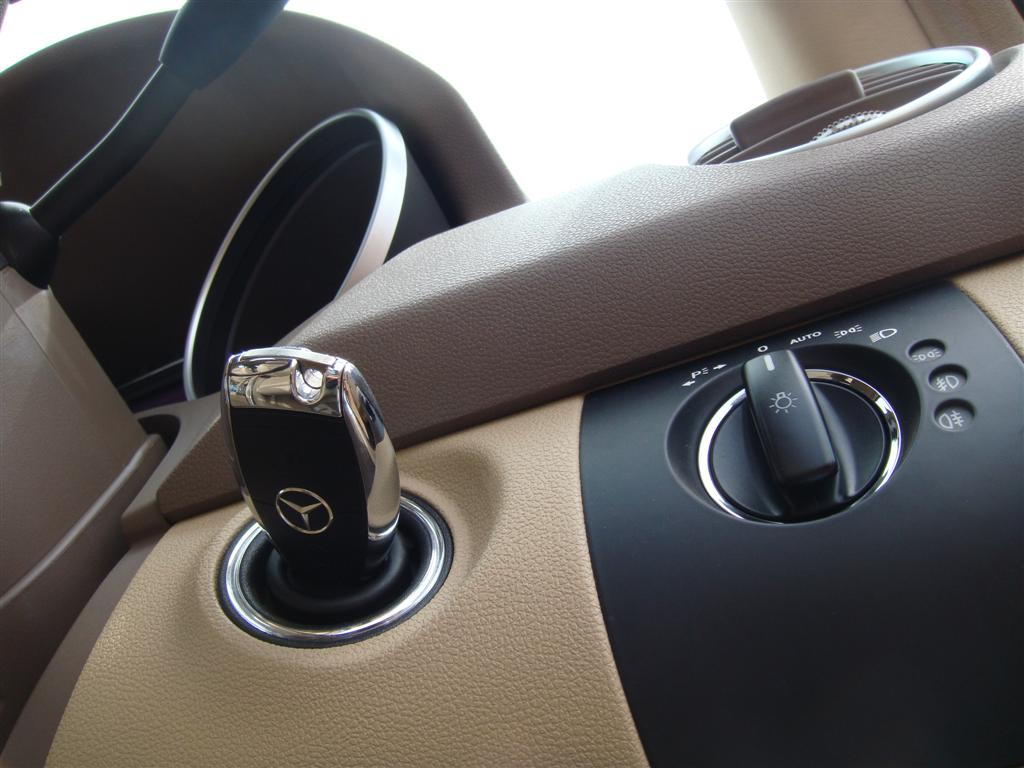
Step 2 – Press throttle completely to the floor and hold for 5 seconds
While the key is in the ignition and in the "run" position, press the throttle pedal all the way to the floor and count 5 seconds.
Step 3 – Release the throttle while the key is still in the "run" position
After you have counted 5 seconds, release your foot completely from the throttle and turn the key to the "off" position. DO NOT remove the key from the ignition; simply leave the key in the ignition in the "off" position.
Step 4 – Leave key in the ignition and wait for more than 2 minutes
Sit back and wait for more than 2 minutes while the transmission ECU runs through its process of re-setting. Once you have waited more than 2 minutes start the engine as you normally would and go for a drive. Make sure while you drive you attain enough speed that the transmission reaches 5th gear. Also, use reverse gear several times to allow the transmission to learn the fill volumes for reverse.

Remember, take it easy the first few miles of driving and understand that the transmission ECU is now re-learning how much pressure to apply and how fast to apply it in order to fill the clutch. The first few shifts of each gear may be harsh or "clunky." Just be aware of this and understand it's part of the process. After it has learned the initial fill volumes, it will then begin to learn new clutch pressure profiles to give you, the driver, a shift that is more your personality and driving style.
Related Discussion
- How to Reset Transmission ECU - MBWorld.org

